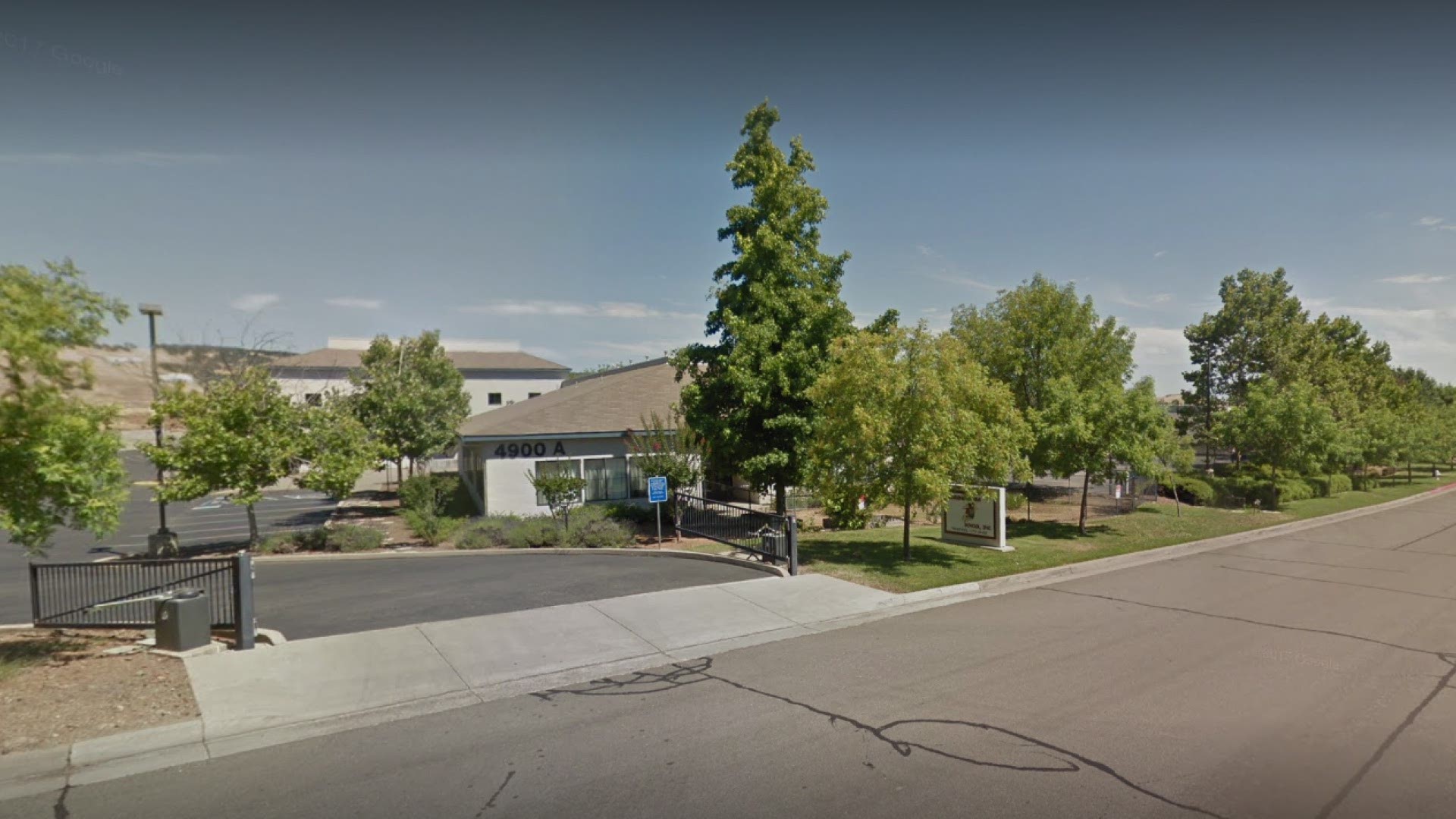If you are viewing on the ABC10 app, tap here for multimedia.
EL DORADO HILLS, Calif. -- The conversation surrounding student restraint at an El Dorado Hills school continues to grow after the death of a 13-year-old boy with autism.
On Nov.28 the Guiding Hands student became violent and was restrained by school staff to prevent injuries to staff and other students, according to the El Dorado County Sheriff’s Office.
Upon learning about the child being restrained by staff, ABC10 went to experts to learn the steps that educators take when dealing with behavior issues among students with autism.
Dr. Haleigh Scott, an expert at the UC Davis Medical Investigation of Neurological Disorders Institute.
Q: Is restraint ever considered a viable form of discipline?
"A restraint is a last resort. There should be many, many steps before a restraint happens," Dr. Scott said. "And when it happens, it needs to be done by people who are professionally trained."
Though she admits it may sometimes be necessary, Dr. Scott said "that's what we're trying to avoid by having a very detailed and specific behavior plan, we're trying to avoid getting to the point where we ever have to put our hands on someone."
Q: How are teachers and educators trained on how to handle the challenges?
A: "Some teachers receive extensive training with how to help students with autism spectrum disorders, how to cope with challenging behaviors," Dr. Scott said. "While unfortunately other teachers don't get quite as much. So there can be a lot of discrepancy in how much training those teachers actually have in coping with behaviors."
Q: What are some of the challenges students with autism face in school?
A: "The two core deficits people with autism spectrum disorder have are problems with social communication and then restrictive or repetitive interest in behaviors," Dr. Scott said. "Both of those things can cause there to be a lot of challenges at school."
Dr. Scott went on to say that some students with autism spectrum disorders are nonverbal, and even students who are more verbal may miss social cues which could lead to issues with educators or other students.
Q: What are some of the communication challenges autistic students have when it comes to discipline?
A: "You have some students with autism spectrum disorders who are very verbal, so those challenges may be more about understanding the discipline or maybe not understanding what they did wrong," said Dr. Scott, adding that the autistic student may have not interpreted the behavior as bad, even though others did.
Q: Is there a special form of discipline that should be used for students with autism?
A: "For students with autism spectrum disorders it's really important to focus on prevention," Dr. Scott, stressing that when working with students with autism it is most important to focus on prevention. "So, how can we arrange the classroom, how can we work with the student, how can we have a plan in place so that these things don't happen. So that we circumvent the behavior ever occurring."
Q: Can being disciplined escalate certain situations?
"Yes," said Dr. Scott with a smile. "I think being disciplined can escalate situations for anyone, but it can certainly escalate the situation with autism spectrum disorder. Coming back to the fact that sometimes, because of those social communication deficits, the student may not have a good grasp on why they're even receiving that discipline."
Since a person with an autism spectrum disorder may struggle with emotional disorders or executive control, Dr. Scott said the ability to think about what that teacher is telling them, to calm themselves down, or to understand the discipline may not even be there for them.
"Some students have sensory sensitivity," Dr. Scott said. "So someone for example yelling at them could be very difficult for them. Or other forms of discipline peoples voices get very loud, they tend to get aggressive and that can be very overwhelming."
Q: Are there tools, tips and tricks for teachers?
"Prevention is 90 percent of what you're gonna recommend when you have a student who has some challenges in the classroom," Dr. Scott said. "The very first thing that educators and people working with that child should be doing is creating a really good behavior plan for that child."
- When do those behaviors occur?
- Why do those behaviors occur?
- With who do those behaviors occur?
- Under what circumstances do those behaviors occur?
This way, Dr. Scott said, you can get a clear picture of what is leading to the escalated behavior and have a plan in place to avoid it altogether.
"So when the student starts to escalate, here's what we do first, here's what we try second, here's what we do third," she said. "Everyone needs to be trained on this plan, and they need to have ongoing training on this plan so they can seamlessly implement this plan."
Continue the conversation with us on Facebook.

